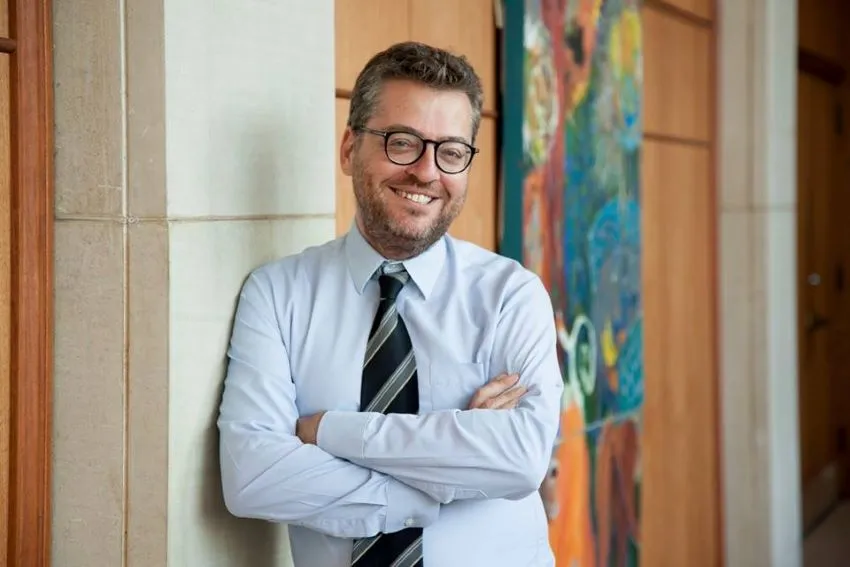
The art of collecting donations
Throughout history, the arts, much like education, medical research, social services and religion, have needed to be subsidized to have a market. For centuries, the church and royal dynasties provided such support. More recently, the public and private sectors have filled this role, concluding that the arts are essential to defining our humanity. Public support for the arts is particularly relevant in Europe – where it covers about 65-75 percent of budgets of art institutions. It also plays a role in the United States, where government indirectly supports private donations to arts institutions by granting tax exempt status, thus providing donors with fiscal benefits. Despite the arguments in favor of public support for the arts, impassioned criticism about it is rising on both sides of the Atlantic. In the United States, skepticism about government intervention in the arts is motivated by the fear that it could limit development of art markets and reduce true freedom of artistic expression. In Europe, the debate about government funding for the arts has become more vigorous, often highlighting negative side effects like the long bureaucratic procedures linked to such public subsidies. But more importantly, following a trend that began years ago but has accelerated during the COVID-19 pandemic, European public actors tend to be more selective in their funding decision-making, looking for evidence of positive economic and communication impacts of funded projects or institutions before giving their grants.
For those institutions that are greatly dependent on public funding, being aware of these threats and trends is crucial. To adapt to this ongoing change in the art philanthropy market, arts organizations should work to strategically diversify their funding sources, enlarging theor private donor base at all levels (maybe investing more resources in attracting major private donors) and reducing the percentage of budget covered by public resources.
What position within cultural institutions should be responsible for improved fundraising? Traditionally, individuals within an arts organization had very distinct roles. The second oboist played the second oboe parts. The actor playing Hamlet just played Hamlet. The curator for Ancient Egyptian, Nubian and Near Eastern Art only focused on art from those regions. And the development director solely raised money. While this approach worked in the past, the digital revolution, the proliferation of not-for-profit art institutions competing for funds and the evolving sensibility of younger generations have led to rethinking about who is responsible for fundraising. Modern art organizations are best served if all employees and volunteers have "ownership" of a fundraising campaign. Now, the second oboist may sit on an annual fund committee and occasionally might be asked to write thank-you notes to donors. The actor playing Hamlet might speak to a group of donors at a post-performance reception. The curator of Egyptian, Nubian and Near Eastern Art might lead a group of donors on an excavation in Egypt. And the lead development officer should expect to be included in meetings in which strategic decisions are made. This is not to say that artists are being asked to replace the art instituttions's development team or that the development director will be allowed to make decisions about the calendar. Rather, such involvement has more to do with cultural attitudes than with functional responsibilities and a team approach to management. In essence, everyone in the organization must see fundraising as part of their job description, whether directly or indirectly, since art organizations increasingly realized that developing a culture of philanthropy is crucial to achieve sustainability. Furthermore, effective fundraising relies on personal, trust-based relationships more than on transactional exchanges between institutions and donors. Building long-lasting relationships requires time and effort, especially in the case of substantial donations; otherwise, donors may be sidetracked and see their contribution not as an added value for the organization but as a mere commercial exchange.
Consequently, developing a culture of philanthropy in the arts is very closely related to the notion of citizenship within the communities in which art institutions are situated. More than protecting the arts or cultural heritage, these institutions are in fact pivotal to cement bonds of trust, nurture social capital, facilitate social development, serve younger generations and grant cultural access to all citizens. Internalizing these attitudes will increase fundraising capacity, which in will enhance the independence of cultural institutions and help them to focus on their veritable mission, the real purpose of their existence: serving the community through art forms.